Corporate News
Company News
- Aluminum ceiling, the 'invisible guardian' of modern architecture
- Aluminum curtain wall: the fashionable coat of modern architecture
- Aluminum veneer: the beauty of architecture, the soul of details
- Aluminum honeycomb panel: a new favorite of lightweight and sturdy building materials
- The Beauty of Aluminum Ceiling: The Invisible Soul of Modern Architecture
Industry dynamics
- Development Trends and Prospects of Aluminum Veneer Industry
- Aluminum veneer: the "invisible warrior" of modern architecture
- Honeycomb aluminum plate: the secret of being as light as a feather and as solid as a rock
- Performance comparison and selection of different types of aluminum veneers
- Aluminum curtain wall: the fashionable coat of modern architecture
Frequently asked questions
- What is the difference between aluminum veneer and aluminum-plastic panel?
- What are the main uses of aluminum veneer?
- What will be the future development trend of aluminum veneer?
- What issues should be noted in the production process of aluminum veneer?
- What environmental issues should be paid attention to in the production process of aluminum veneer?
contact us
Mobile:+86 15627778610
Email: 2201229786
Address: No. 5 Binjiang Road, High tech Zone, Zhaoqing City, Guangdong Province
Key technologies required for the production and processing of aluminum veneer
- Author: Xinlongtai Aluminum Industry (Guangdong) Co., Ltd
- Release time: 2022-03-10 18:49:41
- Click:0
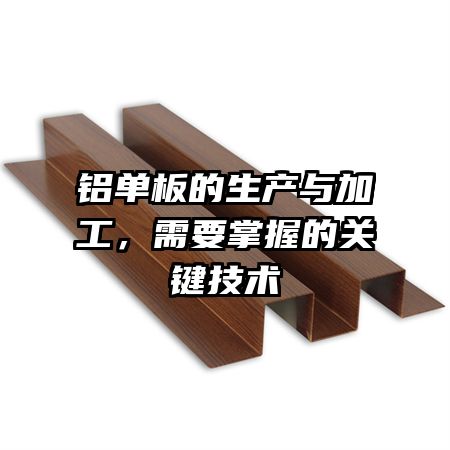
Key technologies required for the production and processing of aluminum veneer
Abstract: Aluminum veneer, as a common building decoration material, involves multiple key technologies in its production and processing. This article provides a detailed explanation from four aspects: material selection, sheet metal processing, surface treatment, and installation and fixation.1、 Material selection
1. Alloy selection
The selection of alloys plays a crucial role in the production and processing of aluminum veneer. The composition and characteristics of alloys directly affect the strength, weather resistance, and processing performance of aluminum veneers. Common aluminum alloys include the 1000 series, 3000 series, 5000 series, etc., each with its specific application scenarios.
2. Plate thickness selection
The thickness selection of aluminum veneer is closely related to the environment and requirements of its use. If used for indoor decoration, thinner veneers are generally chosen to achieve better decorative effects; In outdoor applications, wind resistance and weather resistance need to be considered, so thicker aluminum veneers are chosen.
3. Coating selection
The coating is a protective layer on the surface of aluminum veneer, which can provide weather resistance and decorative effect. Common coatings include fluorocarbon coatings, polyester coatings, and oxide coatings. When choosing a coating, it is necessary to consider the usage scenario, color requirements, and durability of the coating.
2、 Sheet metal processing
1. Cutting technology
The commonly used cutting techniques for aluminum veneer include mechanical cutting, waterjet cutting, and laser cutting. Different cutting techniques are suitable for different sheet thicknesses and shapes. Mechanical cutting is suitable for thicker sheets, waterjet cutting is suitable for cutting complex shapes, and laser cutting is suitable for cutting high-precision requirements.
2. Bending Forming
Bending is one of the commonly used processes in aluminum veneer processing. Bend the sheet metal into the desired shape using a pre-set bending mold. This requires mastering the appropriate bending angle and bending force to avoid deformation and damage of the board.
3. Welding technology
Welding technology is essential when splicing aluminum veneers in some special occasions. The commonly used welding methods for aluminum veneer include TIG welding and MIG welding. TIG welding is suitable for visible welds, while MIG welding is suitable for non visible welds.
3、 Surface treatment
1. Anodizing
Anodizing is a process that increases the surface hardness and corrosion resistance of aluminum veneer by controlling the formation of an oxide film. Through anodizing treatment, aluminum veneer can achieve rust prevention, corrosion prevention, and improved decorative properties.
2. Spray treatment
Spray coating is used to add color and protective layer to the surface of aluminum veneer. Surface cleaning and pre-treatment are required before spraying treatment to ensure the adhesion and smoothness of the coating. Spraying treatment requires mastering appropriate spraying techniques and coating thickness to achieve the desired effect.
3. Decoration processing
Decoration processing can be achieved through mechanical engraving, offset printing, and heat transfer printing. Decorative treatment can enhance the decorative effect of aluminum veneer and better coordinate it with the building environment.
4、 Installation and fixation
1. Structural Design
In the installation and fixation process of aluminum veneer, structural design is a crucial part. It is necessary to consider factors such as load, wind pressure, temperature difference, etc., and design appropriate installation structures and fixing methods to ensure the stability and safety of aluminum veneer.
2. Connection technology
Connection technology plays an important role in the installation and fixation of aluminum veneer. Common connection techniques include bolt connection, mortise and tenon connection, and adhesive connection. Choosing the appropriate connection technology requires consideration of the thickness of the board, the required strength, and the environmental requirements for installation.
3. Security measures
During the installation process of aluminum veneer, it is necessary to pay attention to safety measures, including preventing falling objects from heights, using appropriate safety equipment, and complying with relevant work norms and requirements. The cultivation and implementation of safety awareness is an essential part of aluminum veneer installation and fixation.
5、 Summary:
This article introduces the key technologies that need to be mastered in the production and processing of aluminum veneer, including material selection, sheet metal processing, surface treatment, and installation and fixation. By selecting materials reasonably, mastering sheet metal processing technology, fine surface treatment, and safe and reliable installation and fixation, aluminum veneer can ensure the best performance in building decoration.

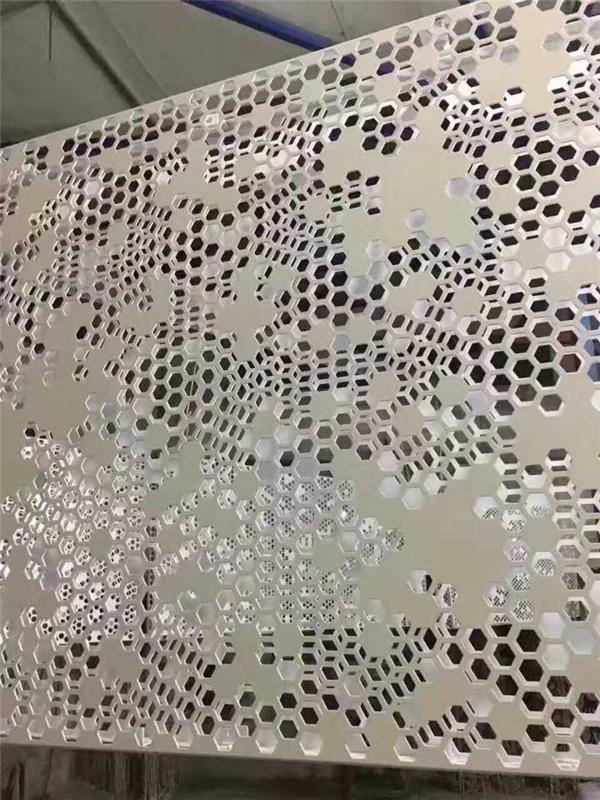
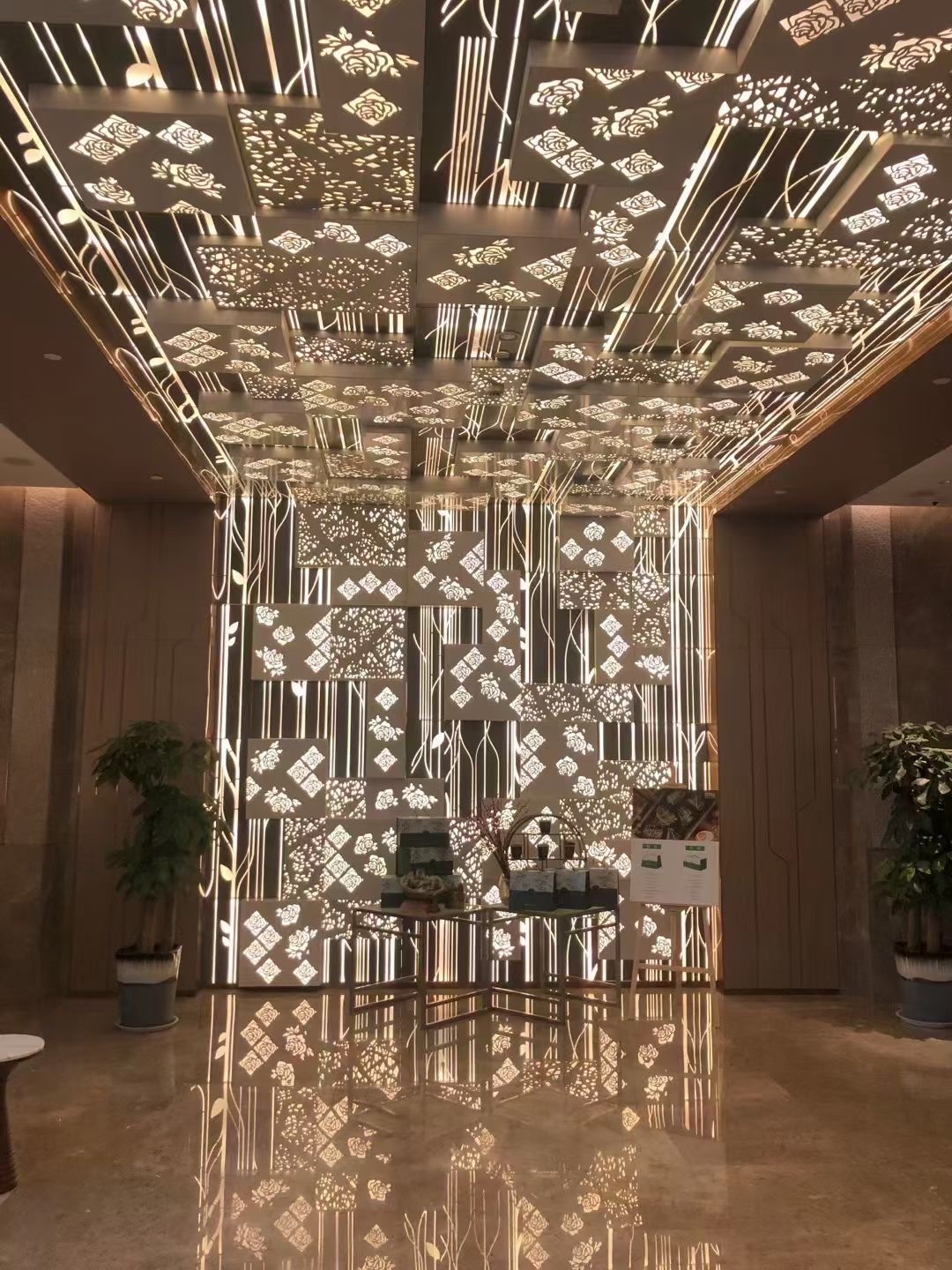

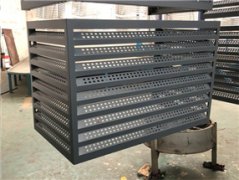
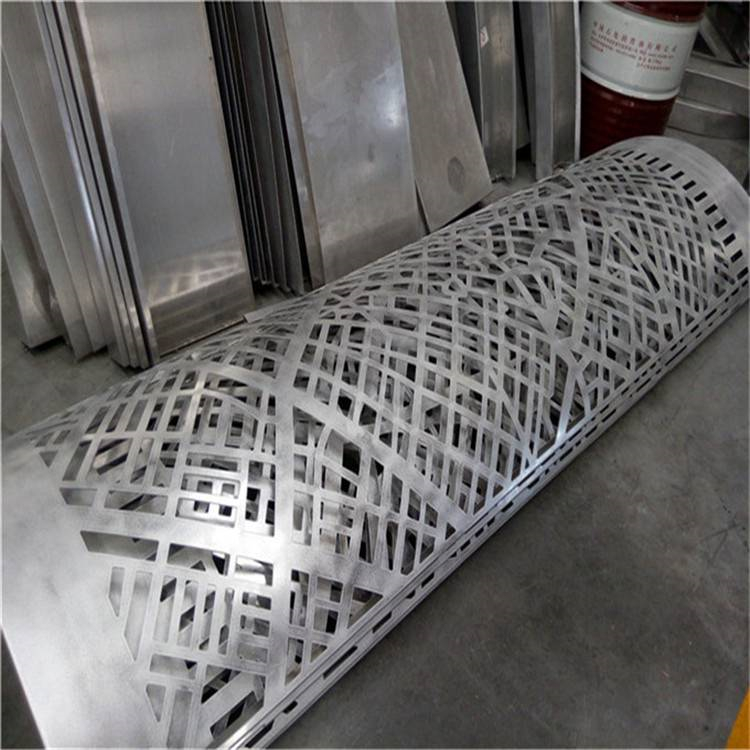
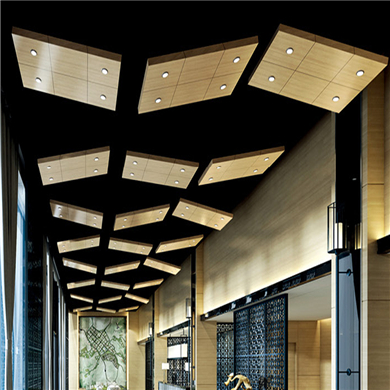
 Customer service QQ
Customer service QQ